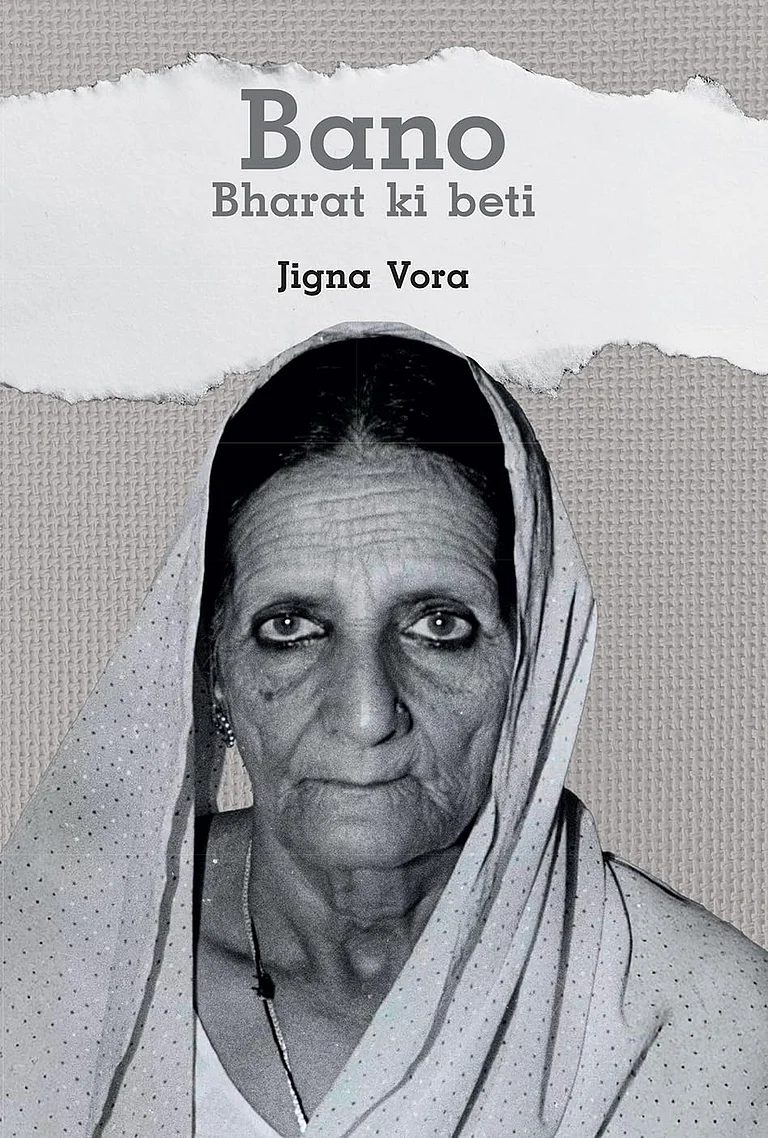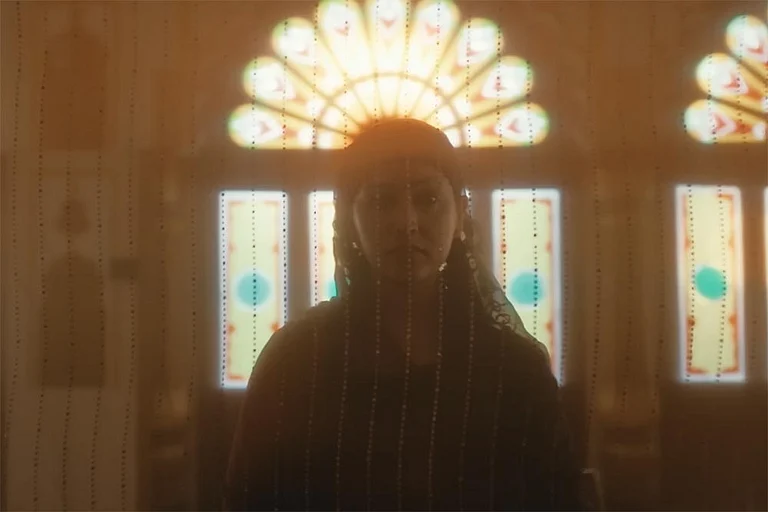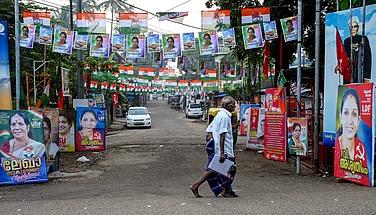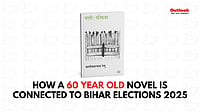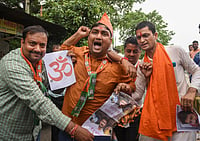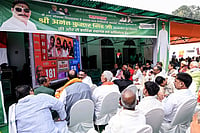
Shah Bano fought—and won—a seven-year legal battle for maintenance
The verdict expanded Muslim women’s rights
But it did not improve her and her family’s lives
On a fading street in Indore’s old city, where balconies lean toward one another like neighbours in whispered conversation, the woman at the centre of India’s most contentious maintenance case lived out her final years in near anonymity. To the world, Shah Bano was a landmark—a name that redrew the boundaries of women’s rights. But inside her cramped haveli, she was simply a mother trying to keep her family from collapsing under the weight of a battle she never imagined would reshape the nation.
Mohammed Ahmed Khan, an affluent and well-known advocate, took a younger woman as his second wife 14 years after he had married Shah Bano. After having lived with both wives for years, he threw Shah Bano and her five children out. When he stopped giving her the Rs 200 per month he had apparently promised, she fought—and won—a seven-year legal battle for maintenance.
When the Supreme Court delivered its historic 1985 judgement in Mohd. Ahmed Khan vs. Shah Bano Begum, it transformed a 62-year-old widow from Indore into a national symbol. But behind the headlines, her family—already fractured by years of marital conflict, financial distress and domestic tension—found their lives permanently reshaped.
Did the court verdict improve their lives? The short answer: No. The longer answer: It may have made them worse.
Four decades have passed. What her children still remember is not the court victory, but the cost they paid, and continue to do so.
"My mother was a simple, purdah-observing woman. Being divorced at the late age of 60, the publicity, paper-baazi…she was very ashamed of all this. She didn't say much but kept stewing over it,” Bano’s youngest son Jameel remembers.
The judgement did expand the rights of Muslim women across the country, but for the woman who fought the case, the aftermath turned into a kind of quiet punishment.
A Symbol to the Nation, a Scandal at Home
Shah Bano became a landmark in India—a symbol of women’s rights, a line in legal textbooks, a face invoked in Parliament. But to her neighbours in 1980s Indore, she became something quite different: a woman who had taken her husband to court, a Muslim wife who had broken ranks, a trigger for uncomfortable questions about faith and family.
The clerics came first—men in crisp white kurtas, arriving in pairs and trios, asking to speak to her inside the home. They urged her to withdraw her petition, insisting that the community was ashamed, that the case would “set a wrong precedent,” that marital matters of should stay behind closed doors. Their visits became a ritual. So did the whispered censure in the bylanes.
After meeting then Prime Minister Rajiv Gandhi and returning to Indore, Shah Bano held a press conference to announce that she was forsaking the maintenance because it was against the Shariat. "I thought if we didn't backtrack now, azaab (grief) would be on us. Since it was a matter of religion, I didn't want us to become a precedent," she said.
Her daughter, Siddiqua who is in her sixties now, remembers the atmosphere vividly: protesters pacing outside the house, neighbours averting their eyes, relatives offering money “to toe the line.” The family’s everyday life—grocery stores, school, bus stops—became charged terrain.
Shah Bano had gone to court for Rs. 200 a month. But what she received was a permanent public trial.
After the verdict, the father who once appeared in court in a black lawyer’s coat withdrew almost entirely from practice. “He took his defeat in court as an insult,” Siddiqua, Bano’s daughter says. “He never wore his coat again.” He withdrew from his profession and from public life, and eventually from his own children.
The sons carried their own burdens. One lost his job with a cooperative bank and remained unemployed long after the controversy died down. Another battled health issues. If the outside world saw the family as the beneficiaries of a victory, their lived reality was the opposite: a steady slide into economic precarity and emotional exhaustion. The case that was supposed to secure the family’s survival instead pushed them closer to the edge.
MORE FROM THIS ISSUE
Inside the home, the judgement cracked open fractures that had simmered for years. The split between Shah Bano’s children and their half-siblings widened into a gulf. Shah Bano’s children stopped speaking to their half-siblings. The father stopped speaking to some of his own children. The house where three generations had once lived together grew into a place of resentments and unfinished arguments—a home divided by a verdict that the rest of the country celebrated.
And then there was the stigma, the long shadow the case cast over her name. Even years after the judgement, when political battles had moved on, the family still lived under the memory of being the centre of a controversy they never sought. Shah Bano bore the brunt of it. By the late 1980s, her health had started to falter. Those who visited her then remember a woman who had become quieter, thinner, more withdrawn. The case had given her legal protection but stripped her of much else—privacy, peace, and the fragile social safety net that women of her generation depended on.
She lived quietly, withdrawn from the legal and political debates that still raged in her name. When she died in 1992 of brain haemorrhage, the newspapers that once debated her case for months barely took note. The national press that had once debated her name across front pages carried only the faintest mention of her passing. There were no editorials, no tributes, no grand acknowledgements of the courage that had changed the law. The woman who once forced India to reckon with the rights of Muslim women slipped out of the world almost the way she had lived before the case began—quietly, without ceremony.
The country moved on. Her family couldn’t.
The Wound That Still Stings
When Haq, a film based on the case, was announced this year, it was Siddiqua who surfaced again —“not to celebrate her mother’s legacy, but to protect it.” She moved the Madhya Pradesh High Court to stop the release, arguing that the dramatisation “revived trauma and distorted the truth.” The court dismissed her petition, but the attempt itself tells the story: the case still lives inside the family as a source of trauma and pain.
Siddiqua continues to speak in the same careful tone she used decades ago—supportive of the judgement’s value for vulnerable women, but unsparing about the wreckage it left at home.








